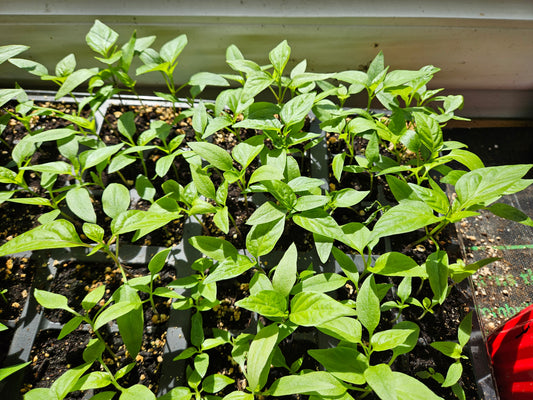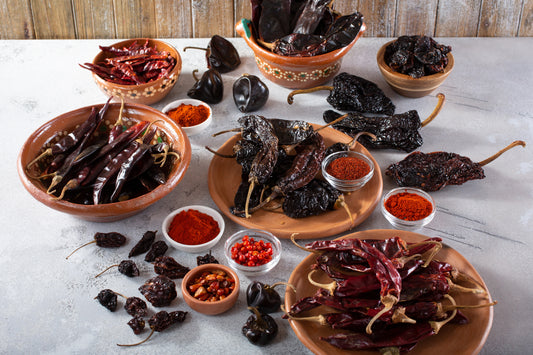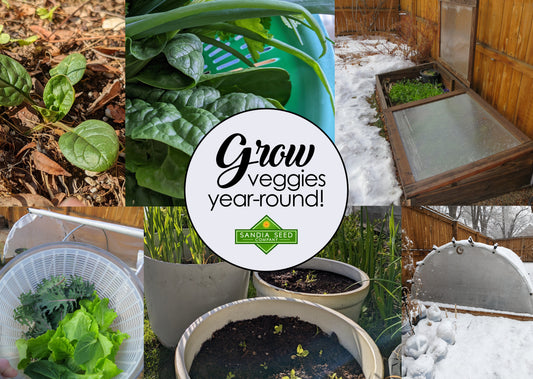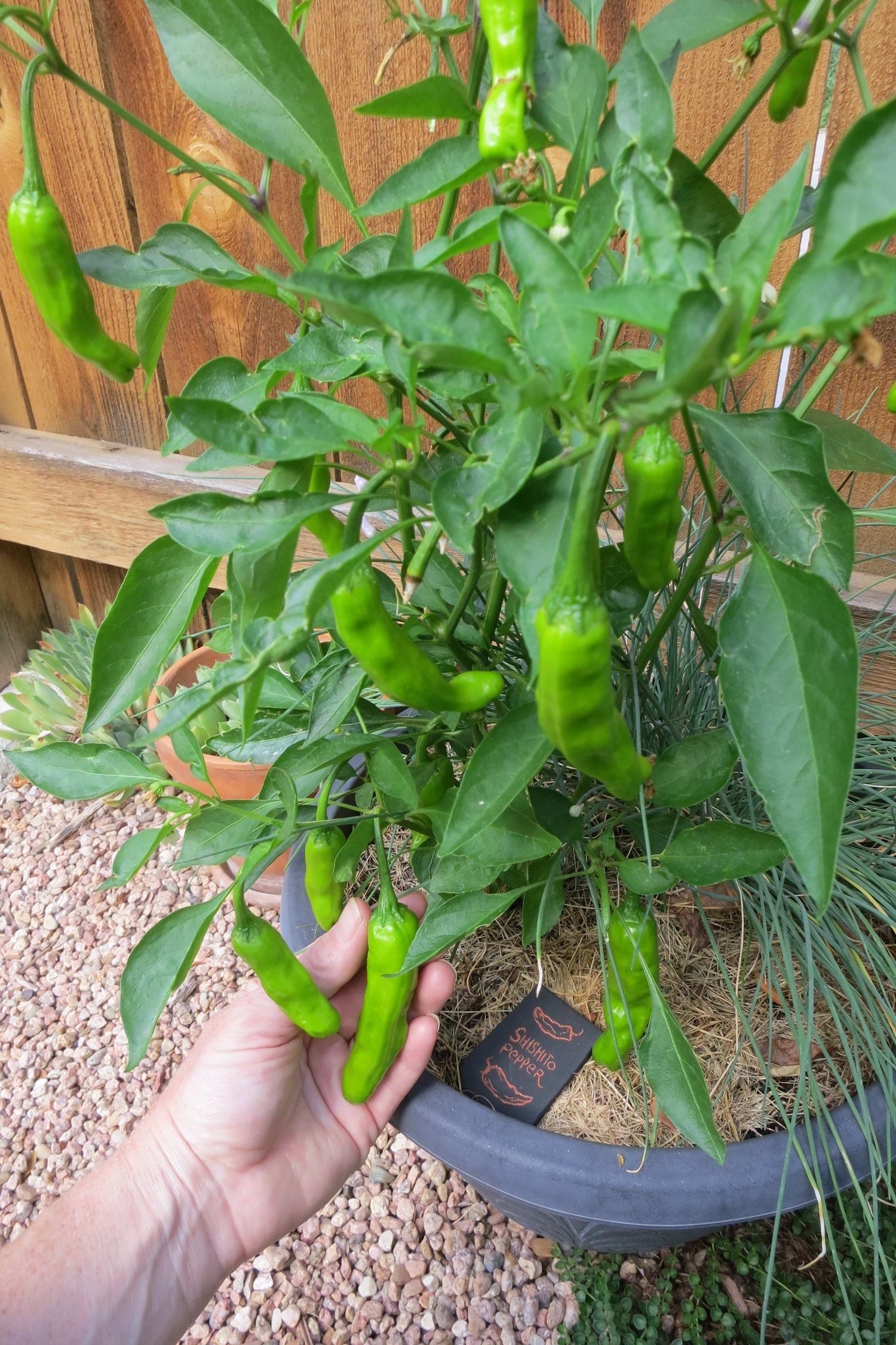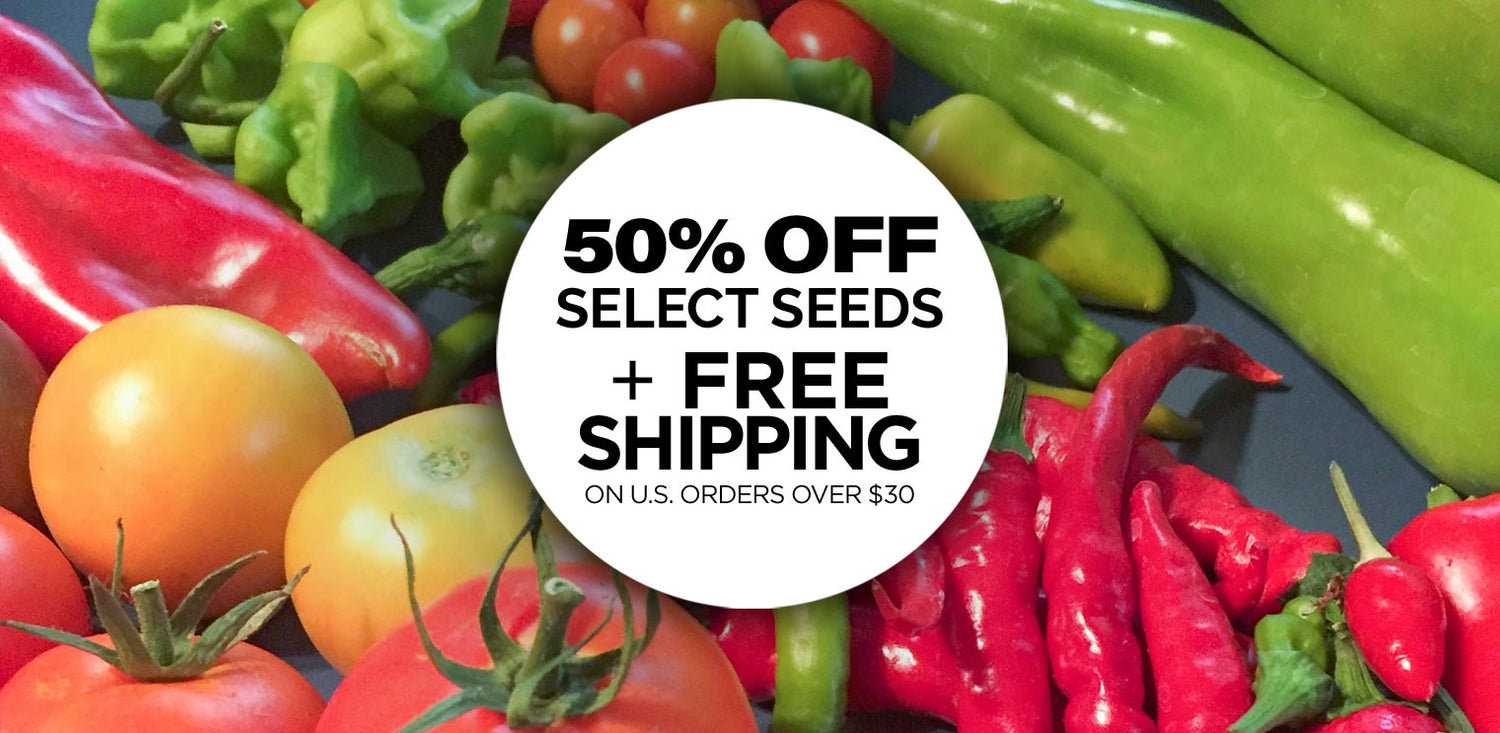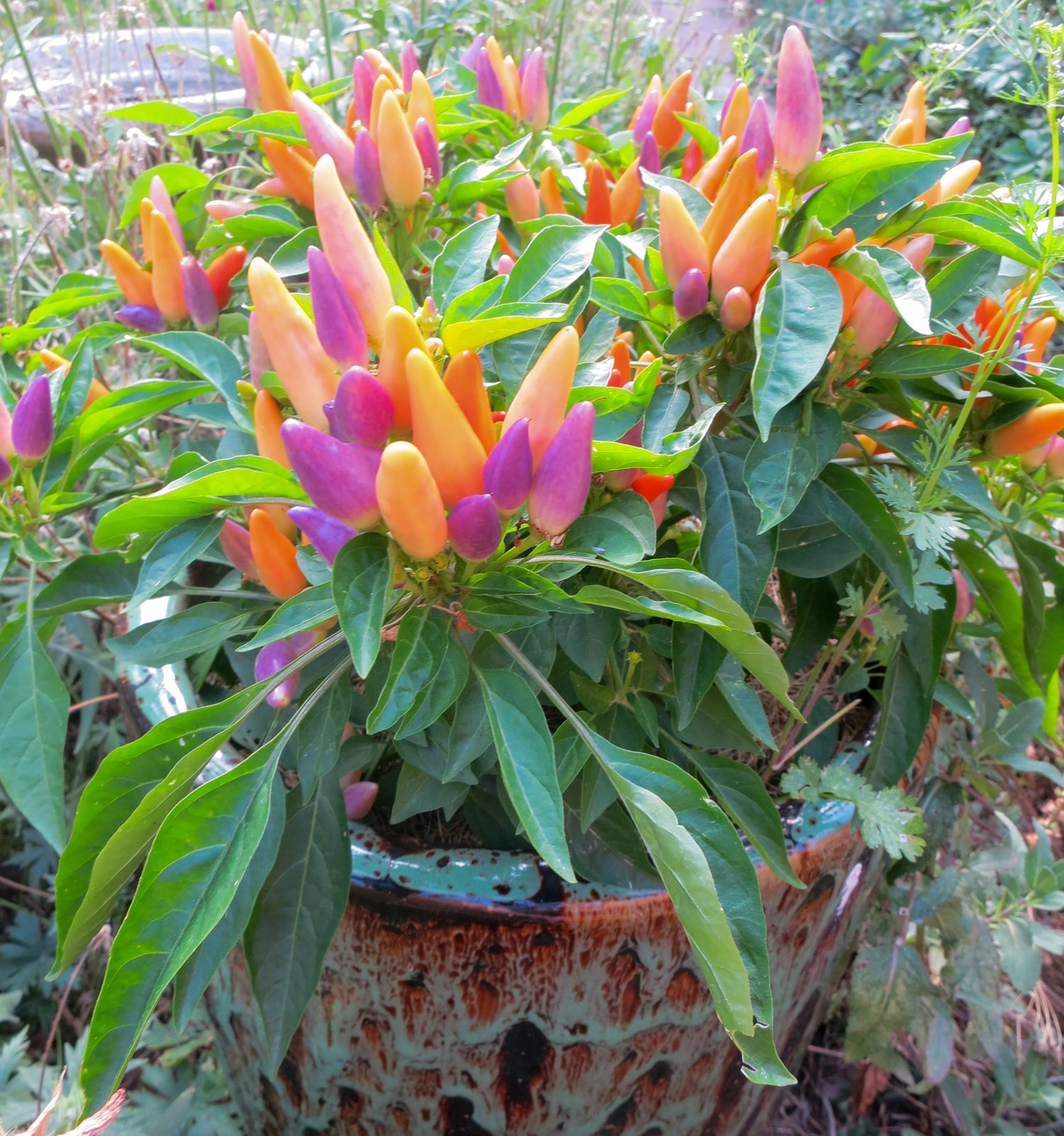
We recommend that you start pepper seeds indoors 8 to 10 weeks before the last average frost date. For gardeners in growing zones in northern climates, January-March are good months to start seeds for peppers indoors. You want to get them growing so they are big enough to transplant after your night time temperatures get up to 50°F or higher without any chance of frost. For many growing regions with winters, frost-free weather starts in mid-to-late May to June.
But it really depends on where you are growing your peppers. Here are some example months to plant pepper seeds for different growing zones:
- Zone 6: Sow pepper seeds around March 1-15th. You can put pepper seedlings outdoors starting in mid-April to May, depending on when your last expected frost is.
- Zone 5: You can transplant pepper seedlings outside in mid-to-late May or even early June, depending on the season and the last frost date. So it would be good to start your pepper seeds in the months of late March through early April.
- Zone 9: The average last frost in Zone 9 is usually between February 6th through March 1st, depending on your area. So you could start your pepper seeds in mid-January.
Keep in mind, you can start pepper seeds year-round as long as you have room to grow them somewhere warm with plenty of light! If you start seeds super early (like in November), you can transplant them up into larger pots to grow a large root system before the outdoor growing season. Peppers are long-lived, so you can grow them all winter long indoors if desired. Make sure that your pepper seedlings don't get root bound and they can keep growing as long as desired indoors.
Additionally, if you live in a much warmer climate without frosts, or, if you have room to grow peppers indoors under supplemental lighting, you can plant pepper seeds year-round! Some peppers in Texas and other areas in the South can live outdoors for many years as long as there is no frost.

Some cloned peppers, shown above, grow in the winter months in an old Aerogarden (a hydroponic tabletop system.) Peppers like Habaneros and Carolina Reapers can live many years if protected from frost!
Some people bring their pepper plants indoors (or even clone them) during the winter months to bring them back outside to grow in the warmer months of summer.
Did you know that pepper plants can be perennial if protected from frost? Many varieties can live for 3-5+ years, with some varieties (like Chiltepins) being reported for living for decades! Learn how long pepper plants live »



